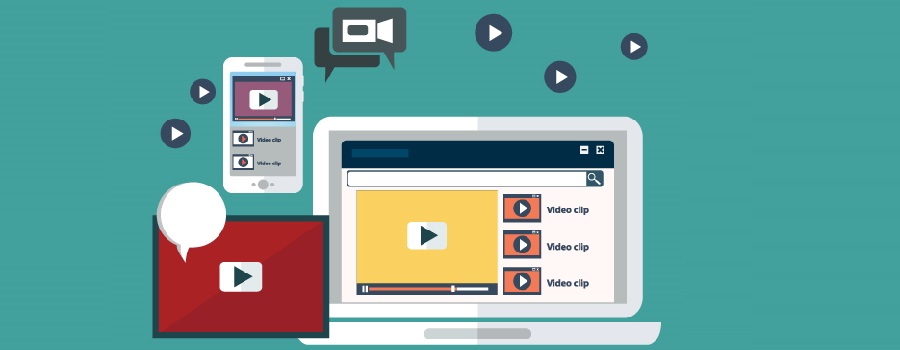
An online video platform (OVP), offered by a video hosting service, allows users to publish, convert, shop and play back video content on the Web, frequently via a structured, massive system that may produce revenue. Users normally will upload video content via the hosting service's website, mobile or desktop application, or other interface (API). The type of video content published might be anything from shorts to full-length TELEVISION shows and films. The video host shops the video on its server and offers users the ability to allow various kinds of embed codes or links that permit others to see the video material. The site, generally used as the video hosting site, is usually called the video sharing website.
Online video platforms can use a software as a service (SaaS) company model, a do it yourself (Do It Yourself) model or user-generated material (UGC) model. The OVP includes an end-to-end tool set to upload, encode, manage, playback, design, provide, disperse, download, release and determine quality of service or audience engagement quality of experience of online video content for both video on need and live shipment. This is usually manifested as a User Interface with log-in qualifications. OVPs likewise include providing a customized video player or a third-party video player that can be embedded in a website. Modern online video platforms are often coupled up with embedded online video analytics providing video publishers with detailed insights into video performance: the total number of video views, impressions, and special views; video watch time, stats on user place, check outs, and habits on the website. Video heat maps demonstrate how user engagement rate changes through the viewing process in order to measure audience interaction and to create compelling video content. OVPs belong to the excessive material video industry, although there are numerous OVP companies that are likewise present in broadcast markets, serving video on demand set-top boxes.
OVP item designs differ in scale and feature-set, varying from ready-made website that people can use, to white label models that can be customized by business customers or media/content aggregators and incorporated with their standard broadcast workflows. The former example is YouTube. The latter example is primarily discovered in FTA (Free-To-Air) or pay-TV broadcasters who look for to provide an OTT service that extends the accessibility of their material on freelance jobs desktops or numerous mobility devices.
In basic, the visual user interface accessed by users of the OVP is offered as a service. Revenue is stemmed from month-to-month subscriptions based on the number of users it is certified to and the intricacy of the workflow. Some workflows need encryption of content with DRM and this increases the cost of using the service. Videos might be transcoded from their initial source format or resolution to a mezzanine format (ideal for management and mass-delivery), either on-site or using cloud computing. The latter would be where platform as a service, is provided as an extra expense.
It is possible, but rare, for large broadcasters to develop their own proprietary OVP. However, this can need intricate advancement and maintenance costs and diverts attention to 'structure' rather than distributing/curating material.
OVPs frequently cooperate with specialized third-party provider, utilizing what they call an application programs interface (API). These include cloud transcoders, suggestion engines, online search engine, metadata libraries and analytics companies.
Video and content delivery protocols
The huge bulk of OVPs use industry-standard HTTP streaming or HTTP progressive download protocols. With HTTP streaming, the de facto requirement is to utilize adaptive streaming where several files of a video are created at different bit rates, but only one of these is sent to the end-user during playback, depending on available bandwidth or gadget CPU restraints. This can be switched dynamically and near-seamlessly at any time during the video watching. The primary protocols for adaptive HTTP streaming consist of Smooth Streaming (by Microsoft), HTTP Live Streaming (HLS) (by Apple) and Flash Video (by Adobe). Flash is still in usage but is declining due to the appeal of HLS and Smooth Stream in mobile gadgets and desktops, respectively. [citation needed] Each is an exclusive procedure in its own right and due to this fragmentation, there have been efforts to create one standardized procedure called MPEG-DASH.
There are many OVPs readily available on the Web.